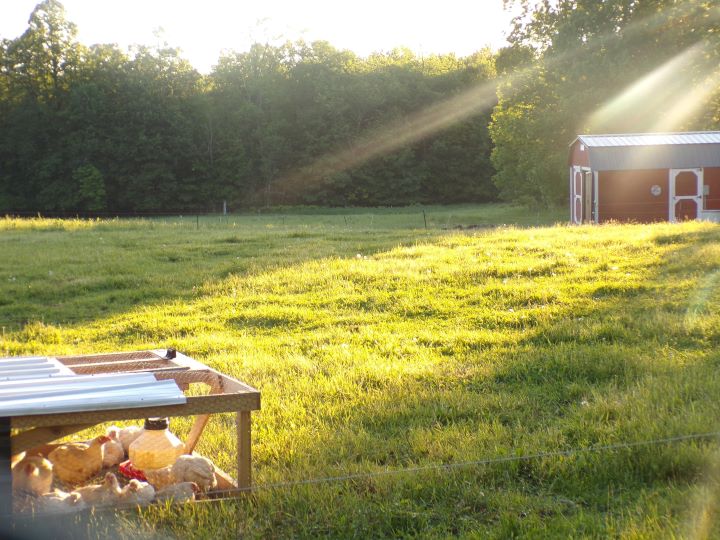Designing a goat pen for your 15 acre homestead can be both rewarding and challenging. The primary goal is to provide a safe, comfortable, and efficient environment for your goats, which in turn supports your broader homesteading objectives. In this guide, we’ll explore the essential elements of designing a goat pen that meets the needs of your animals while enhancing the sustainability of your homestead.

Why a Well-Designed Goat Pen Matters
A correctly designed goat pen ensures the health and productivity of your goats. It also integrates seamlessly into your homestead’s ecosystem. The pen should facilitate easy management, minimize disease risk, and provide adequate space for your goats to roam and graze.
Understanding Goat Behavior
Before diving into the design specifics, it’s important to understand the natural behaviors of goats. Goats are social animals that thrive in herds. They are curious, playful, and require regular mental and physical stimulation. Designing a pen that accommodates these behaviors is crucial. For more on understanding goat behavior, you can consult Mother Earth News.
Key Components of a Goat Pen Design
1. Location and Layout
The pen should be located on well-drained land to prevent mud and standing water. Consider proximity to resources like water and feed storage for convenience. You can find additional insights into choosing the right land at Eartheasy.
2. Fencing
Fencing is critical to keeping your goats safe from predators and preventing escapes. A strong, durable fence with a height of at least 4 feet is recommended. Electric fencing can be an additional deterrent against larger predators.
3. Shelter
Goats need protection from the elements. A simple three-sided shelter can suffice in mild climates, but more robust structures might be necessary in areas with severe weather conditions. The shelter should be well-ventilated and have a dry, clean flooring system.
4. Feeding and Watering Stations
Designate specific areas for feeding and watering to maintain hygiene and minimize waste. Elevated feeders can help prevent contamination from goat droppings.
Enhancing Your Homestead with Goats
Goats can play a vital role in your homestead’s ecosystem. They can help with erosion control, provide milk, meat, and fiber, and even contribute to income diversification. Learn more about integrating dairy goats into your homestead here.
Training and Socialization
Goats require regular interaction to prevent behavioral issues. Training and socialization not only make them easier to handle but also enhance their quality of life. Consider spending time daily to build trust and familiarity.
Maintaining a Healthy Environment
Pest and Predator Management
Regular inspection and maintenance of the pen can help prevent issues with pests and predators. Consider integrated pest management strategies to keep the environment healthy.
Cleaning and Sanitation
Maintaining cleanliness in the goat pen is essential for disease prevention. Regular removal of waste and soiled bedding, along with periodic deep cleaning, will help keep your goats healthy.
Seasonal Considerations
Winter Preparations
Winter can be challenging for goat farmers. Ensuring that your goats remain warm and well-fed during colder months is crucial. You can read more about winter preparations for your homestead here.
Conclusion
A well-thought-out 15 acre homestead goat pen design is integral to the success of your farming endeavors. By considering the needs of your goats and the characteristics of your land, you can create a thriving, sustainable environment that benefits both your animals and your homestead.

FAQs
What size should a goat pen be on a 15 acre homestead?
The size of the goat pen depends on the number of goats you plan to keep. Generally, a minimum of 200 square feet per goat is recommended.
How can goats help with erosion control?
Goats can help manage vegetation and prevent overgrowth, which can reduce soil erosion. Learn more about using goats for erosion control here.
What materials are best for building a goat shelter?
Materials like wood and metal are commonly used for goat shelters. Ensure that the materials are durable and weather-resistant to protect your goats effectively.





